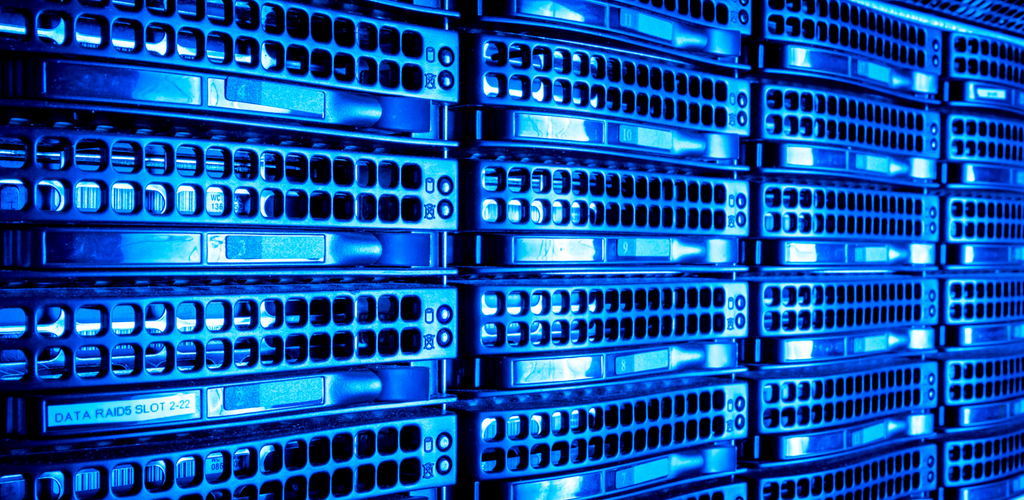Over the past year, we’ve been focusing on a lot of big buzzwords. Deep learning, artificial intelligence and cybersecurity are hot topics, and these trends undoubtedly define the current landscape. In today’s evolving business environment, none is more complex and challenging than cybersecurity.
The growing number of cyber threats around the world has ensured that data security is a top concern for all types and sizes of organizations. It is more vital than ever to protect video and corporate data to ensure critical data is secure and safeguarded from unauthorized use. In addition to protecting IT assets, video data requires stringent logical and physical protection to ensure compliance and reduce unauthorized breaches.

When seeking to ensure the protection of critical data, the first step of any effort should be the deployment of an infrastructure solution that can provide the highest levels of performance, resiliency and availability so that video data is stored without loss, protected from any failures, and always available when and where it is needed most.
But ensuring data is protected from all sources is critical. A threat could enter from anywhere in an organization’s ecosystem and regardless of the nature of the attack, the cyber criminal’s goal is to exploit vulnerabilities quickly and profit from them.
Therefore, the industry needs to ensure that it provides products and services that deliver resilient protection methods, align with current IT processes, and reduce the opportunity for exploitation. Below, we take a look at the ways in which companies are taking proactive measures to ensure robust levels of cybersecurity from point of manufacture to deployment.
A changing tide
With so much data to be protected, security leaders need to evaluate not only how to store video data but how to secure it along with its entire video surveillance ecosystem. In the past, this meant making sure that physical security processes were aligned so that an individual could not physically tamper with a camera; however, now the focus has turned to IT processes ensuring that no one can access the camera and its data via the network. This trend is quite a change from years past when cybersecurity wasn’t part of any physical security conversation. However, the adoption of IP connected devices made the cyberattack a genuine possibility.
Additionally, cyber threats continue to increase and evolve in sophistication. The industry must stay proactive in its approach to mitigating these risks. Video surveillance is the first real IoT application, and in fact, connected cameras are ubiquitous. Since we have already seen the impact of unsecured IoT devices (the Mirai Botnet attack), there is a greater risk of additional vulnerabilities. Unforeseen risks could lead to more damaging attacks such as accessing or tampering with private video, controlling door locks and access control systems, disabling alarm systems, and more.
The reality is that we continue to move toward a world of more interconnected devices and this will bring to light new cyber vulnerabilities. As security professionals, we are entrusted by our customers to provide secure products and guidelines to safeguard these products from potential hacking. By working together as an industry to provide a system that is rigid against cyber-attacks, we improve overall cyber protection, and this level of collaboration gains further importance going forward.
A collaborative approach
At Pivot3, we’ve looked carefully at how we can reduce network vulnerabilities. We’ve expanded our relationship with HyTrust, a leading data security vendor, to deliver secure and compliant video surveillance infrastructure solutions that ensure high levels of data protection. Through highly secure encryption and comprehensive role-based access control, HyTrust workload security solutions ensure the highest levels of data protection. Combined with Pivot3 HCI for video surveillance, we can deliver a video surveillance solution that meets the data security and compliance requirements of mission-critical environments.
Let’s look at how these two functionalities can be used to protect video surveillance data:
Encryption is typically a resource-intensive process that requires more powerful servers to maintain video performance, resulting in the need for customers to purchase additional costly hardware. By leveraging HyTrust’s software-based encryption, video system performance is maintained with nominal CPU overhead, eliminating additional hardware investments.
Beyond encryption, HyTrust also provides a comprehensive feature set that secures all aspects of a video surveillance infrastructure. Role-based access control provided by HyTrust Cloud Control allows only authorized individuals to have control over system management, while forensic logging and auditing help achieve regulatory compliance.
This is only an example of how we as a company are working to meet the cybersecurity needs of our customers. There are other solutions and processes to consider, and each security leader needs to evaluate what parameters work best for their environment. Regardless of the application, a secure, compliant video surveillance infrastructure enables organizations to maintain strict levels of cyber and physical security to ensure brand protection and data security, and that is our overall goal.

By Brandon Reich – Vice President of IoT and Security for Pivot3
